Hello Hivers,
I'm starting this first with warmth to all and critical discussion. Assalamu Alaikum, I recognize all my dear kin and stay hopeful. I'm fine also. Mashallah, like every day I am proposing to you a couple of new things and new strategies to endeavor nature developing so you can accumulate a few information and grow moreover. Exactly when someone offers a generally speaking very misguided comment on my post, raises my blunder and downvotes me. I'm happy to have a comparable point with you, so to inspect the procedures and discussion of creating adjusting trees and what ought to be conceivable from it .The subject of the present post is to give you a thought regarding the technique for Puishak development and its illnesses and cures and its advantages. I truly want to believe that you will like it.
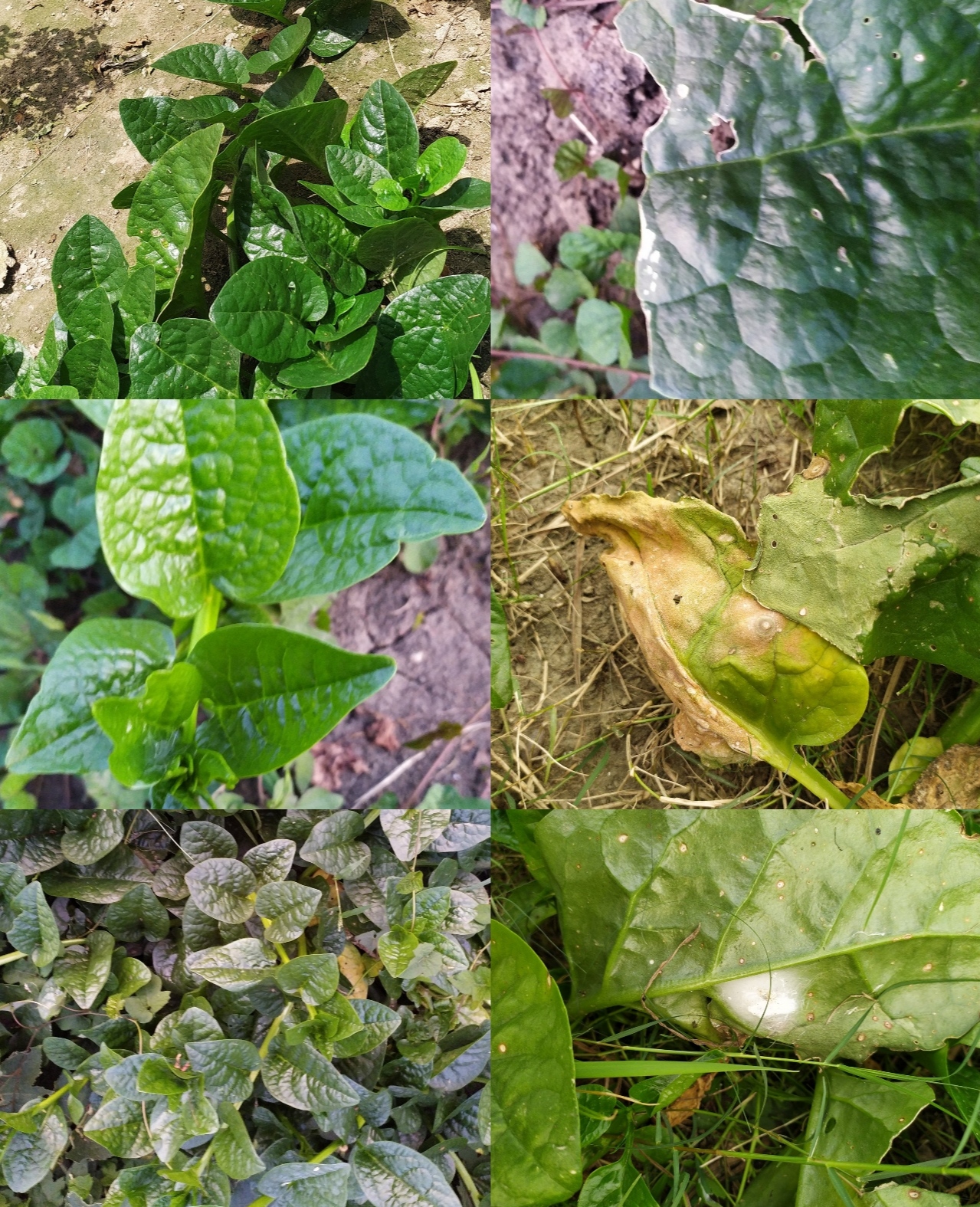
What I am going to post today is that I am going to tell you about the cultivation of rice pumpkin plant and its diseases and remedies and its benefits. I hope you will like it.
PUI SHAK (BASELLA ALBA) :
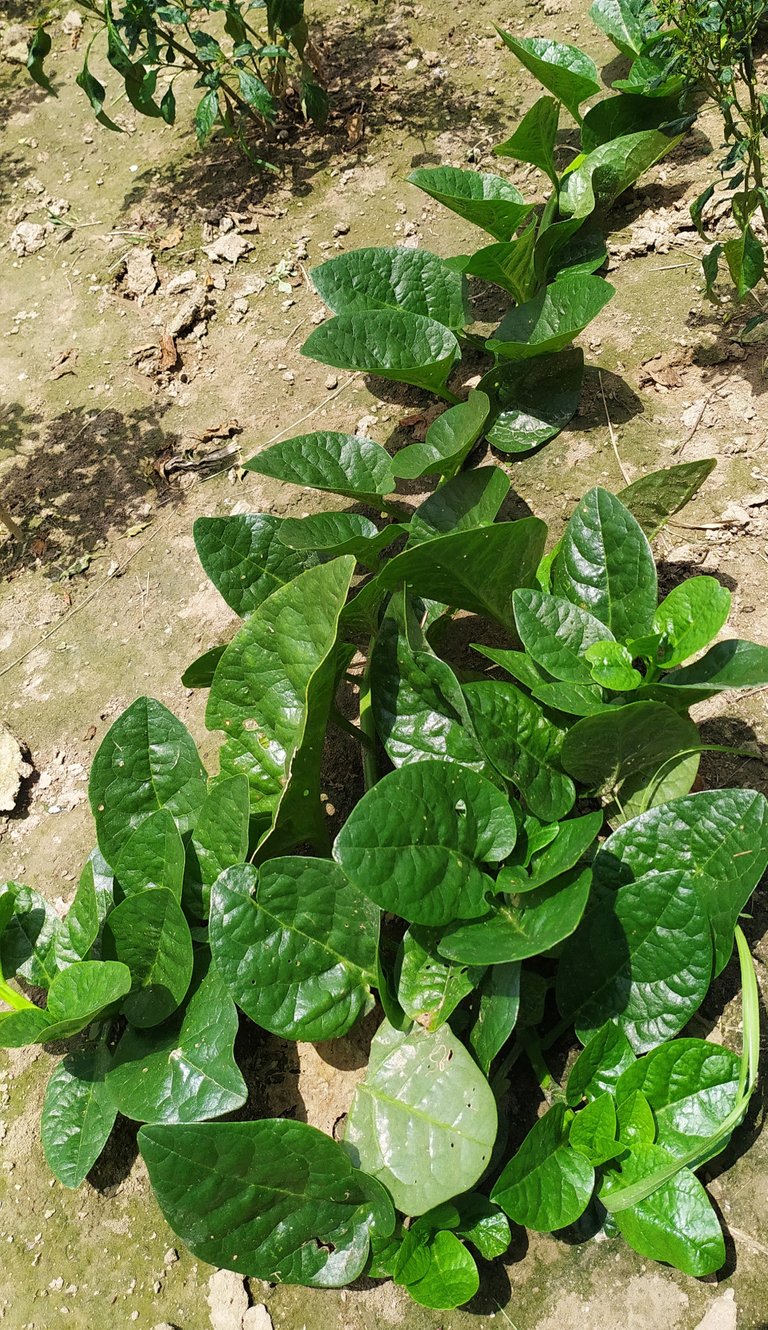
Puishak (Basella alba) is a climbing plant. The leaves and stems of the pui plant are eaten as a vegetable, so it is generally alluded to as pui shak. Pui is an enduring tropical tree having a place with the family Basellaceae. It is grown any place in Bangladesh, West Bengal, Assam and Tripura. Its bhaji is the most cherished companion food of people of this huge number of districts.
PORTRAYAL:
It is a delicate spread plant. Its plump plants can rapidly grow up to 10 meters long. Its thick, rather delicious, hortan-formed leaves have a gentle scent. Leaves are smooth, marginally tricky. A class of red-rose (Basella alba 'Rubra') has rosy purple mature stems known as red rose stems. Peony blossoms are white or red. The natural product resembles a pea. Ready natural products are purple in variety.
FOOD:
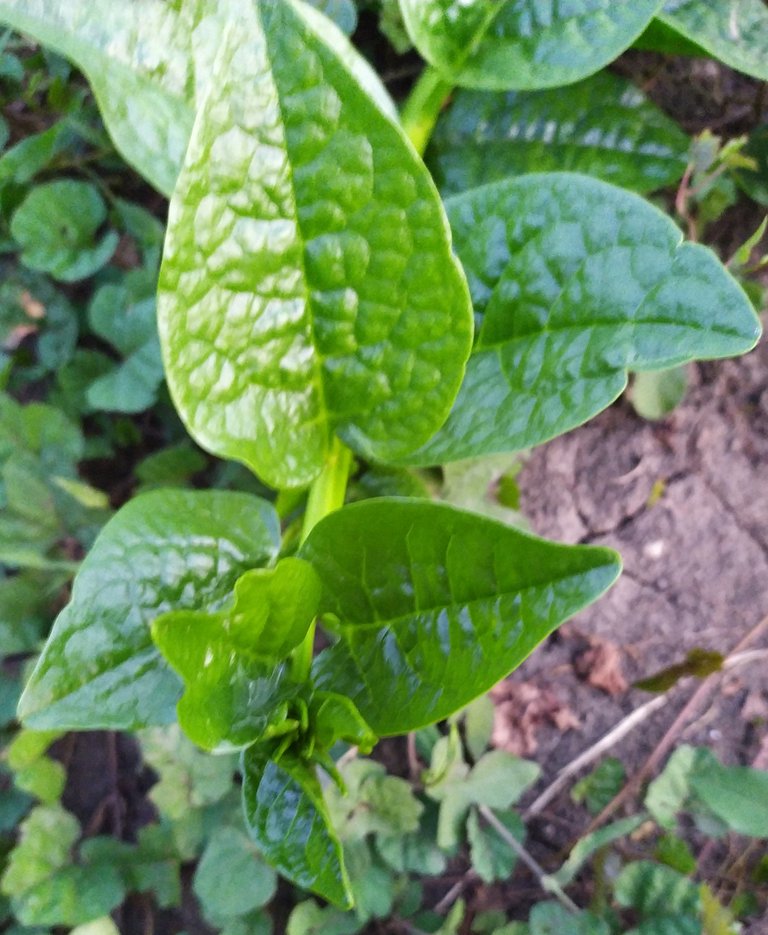
It is broadly utilized in Chinese and Bengali cooking. In Bangladesh, West Bengal, Assam and Tripura, pui sab bhaji is a most loved late morning dinner. Furthermore, pui shak is utilized to cook fish. In Africa, the cooking of Aharhar Pui Danta is well known. Pui soup with crab meat, luffa and corchorus olitorius is an exceptionally famous dish in northern Vietnam. On the Malabar coast it is normally eaten as a soup thickener and seared with garlic and chillies.
USE:
They can likewise be utilized as colors because of the overflow of green chlorophyll in the green leaves and red xanthophyll in the stems of red peony
It is expressed that there is discharge in vegetables, cotton in fish. Puisha has numerous nourishing properties to keep up with great wellbeing.
Puisha contains a great deal of nutrients A, B, C, calcium, iron, folic corrosive, potassium, zinc.
It is expressed that there is discharge in vegetables, cotton in fish. Puisha has numerous nourishing properties to keep up with great wellbeing.
Puisha contains a ton of nutrients A, B, C, calcium, iron, folic corrosive, potassium, zinc.
Vegetable Development:
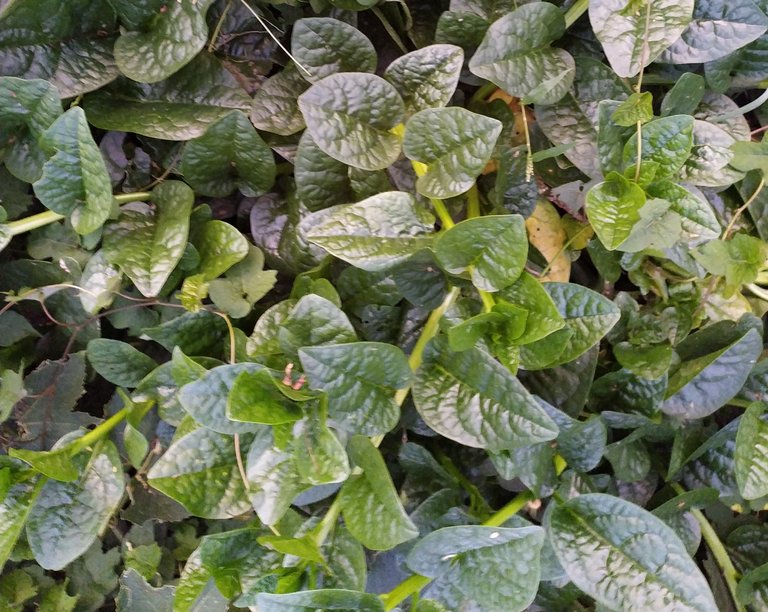
Cabbage (Basella alba) is the primary summer verdant vegetable of Bangladesh, yet is accessible over time. It contains sufficient measures of vitamin A, calcium and magnesium. Puishak is generally tracked down developing vacillating of the patio of the property or in the space. It is likewise developed on a business premise.
Standing :
Two assortments of rice are developed. to be specific
A) Lal Puishak: Leaves and stems are ruddy.
b) Green plant: Leaves and stems are green.
Additionally there are 2 assortments created by agrarian exploration in Bangladesh. Like Bari-1, Bari-2.
Making land:
For the most part Walk April or Chaitra month is great opportunity to establish Puishak yet in the event that water system office is accessible it very well may be developed from Phalgun month itself. Prior to establishing the seedlings, the land ought to be good to go by furrowing and digging. Fruitful sandy-topsoil and soil soils are best for developing this vegetable.
Manure application:
It is smarter to utilize cowdung or fertilizer excrement in the development of Puishak. It will keep up with the nature of the dirt and safeguard the climate. Composts ought to be utilized as follows per hundred or 40 square meters of land for Puishak.
Manure Application Rules:
a) All manures with the exception of urea ought to be applied during last development of the land. Yet, it is smarter to apply cowdung toward the start of land readiness.
b) Urea manure ought to be applied in 2-3 portions each 10-12 days following 8-10 days of seedling development and blended in with the dirt.
Planting and Planting:
Puishak seeds ought to be planted in Spring April. Pooja can be developed by seeds and cuttings. In any case, it is smarter to develop by making seedlings from seeds and establishing them. Puishak seedlings 60-80 cm. Planting ought to be finished in lines and 50 cm separated in columns. During the blustery season, a few pieces of Puishak plant can be cut and established in the ground.
Adjusting:
The land ought to be kept liberated from weeds by digging. Water system ought to be done consistently during dry season. After water system, the dirt ought to be raked with a strainer. Care ought to be taken that water doesn't gather on the ground.
Bugs:
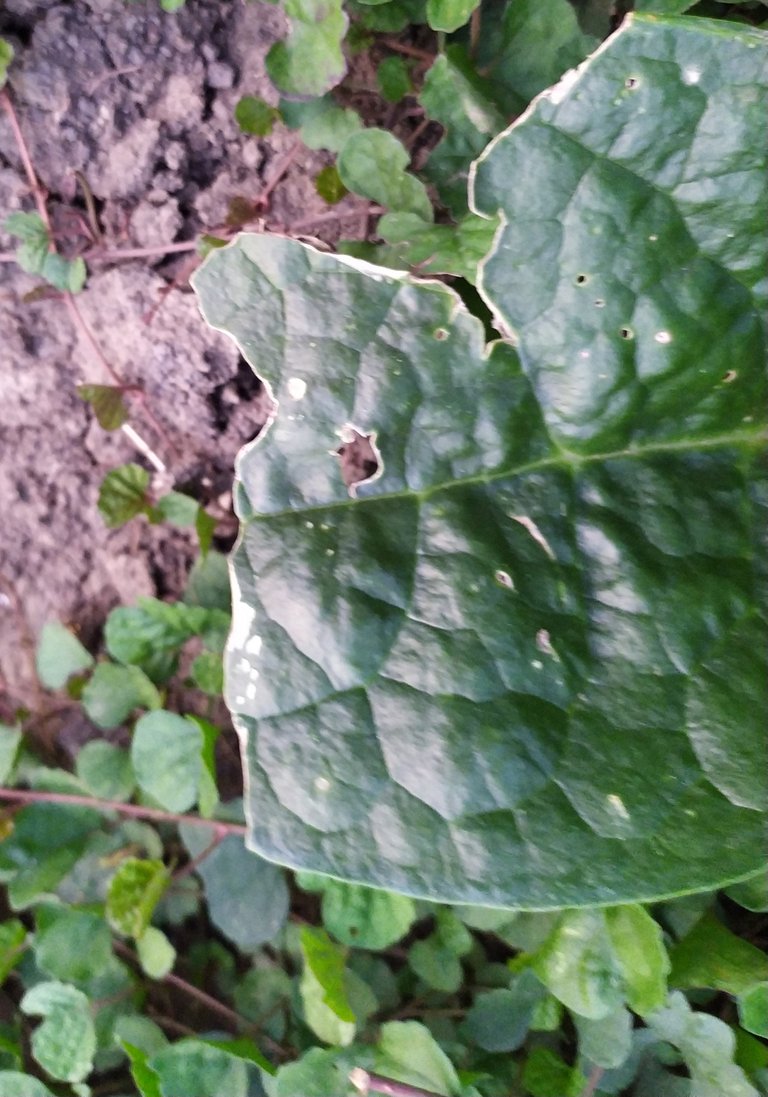
Among the destructive bugs of this vegetable, caterpillars are critical. This bug eats leaves, youthful tips and harms.
Gathering and yielding:
When the tip of puishak begins to develop long, the tip ought to be cut and gathered. In the event that you cut the tips like this and gather them, new tips will develop. The new tip can be reaped by cutting a few times. Whenever developed well, a yield of 130-150 kg of rice each century is accessible.
Sicknesses and control procedures of poi vegetables:
Like different yields, beats are additionally impacted by different infections. Among them, the illness of Puishak leaves is one of them. The causes, side effects and cures of the illness are referenced beneath.
Leaf spot sickness:
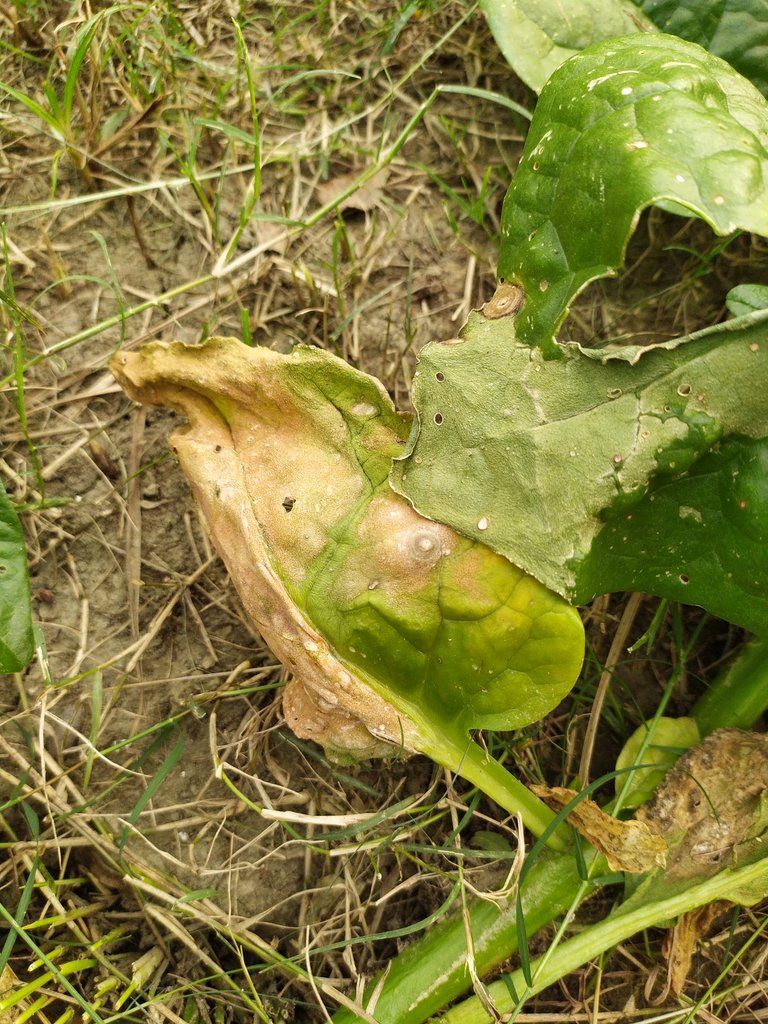
Leaf spot sickness is brought about by the parasite Cercospora beticola. The infection is basically seed borne.
Side effects of the infection:
The starts of the sickness spread through wind, downpour and water system water. In the event of this sickness, little spots or spots are seen on the leaves first.
Later the spots mix and become bigger. At a certain point the spots spread all around the leaves. Then the nature of the leaves is lost. Slowly the entire tree kicks the bucket.
How can be controlled the sickness:
1.Seeds ought to be treated with Provex 200 preceding planting. Just 2.5 grams of fungicide ought to be utilized per kg of seed.
2.In the beginning phases of the sickness, the impacted leaves ought to be taken out. There is no mischief in taking care of ailing leaves.
3.Despite the fact that there is no particular fungicide to control this illness. In the event that the degree of illness is high, copper fungicide can be utilized at the pace of 1 g/ml per liter of water.
4.Carbendazim or fungicides of the difenoconazole or propiconazole gathering may likewise be utilized. Splashing in late afternoon is ideal.
5.Palatable leaves should be taken out prior to utilizing fungicides. Multi week subsequent to showering leaves ought to be gathered for utilization.
Stinging bug distortion sickness:
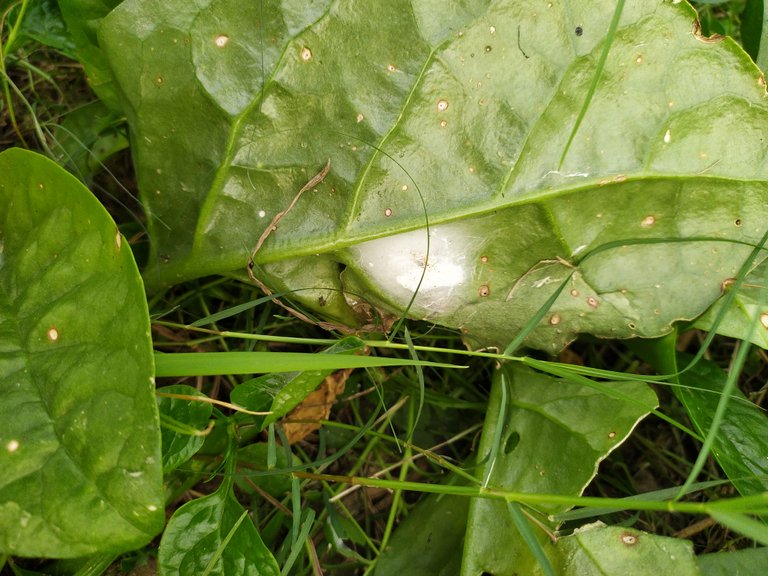
Chomps:
The youthful caterpillars bore unpredictable little openings in the youthful leaves and remain underground close to the stems. The grown-ups rise out of the dirt around evening time to benefit from the foundation of the harvest stems.
Side effects of the infection:
Adolescent caterpillars make unpredictable little openings in youthful leaves and live in leaf litter close to the dirt. Comparative grown-ups rise out of the dirt around evening time to benefit from the underlying foundations of cabbage plants. Youthful cabbage plants can be pulled underground. Stems close to the ground feed intensely, causing harm or hindered development or passing of youthful plants. The scarab additionally burrows into stems, causing hindering or hanging of more seasoned plants.
Preventive measures:
1.Development ought to be finished ahead of time to stay away from greatest number of bugs.
2.Before planting and after germination, the field ought to be gotten free from weeds.
Light and pheromones can be utilized to notice and catch moths.
3.Crop buildup ought to be covered in the dirt.
4.The land ought to be left decrepit for half a month prior to planting.
But this vegetable is pure healthy food.
That's it...
I hope you'll just like the post, if you prefer it, please support and encourage me to form such a post. many thanks all.
Congratulations @bdboy! You have completed the following achievement on the Hive blockchain And have been rewarded with New badge(s)
Your next target is to reach 50 posts.
You can view your badges on your board and compare yourself to others in the Ranking
If you no longer want to receive notifications, reply to this comment with the word
STOPTo support your work, I also upvoted your post!
Check out our last posts:
Link to the previous post
Reposting previous posts or parts of them without significant additional original content/changes is considered fraud and exploitation of the "Hive Reward Pool".
Please refrain from copying and pasting previous posts going forward.
If you believe this comment is in error, please contact us in #appeals in Discord.